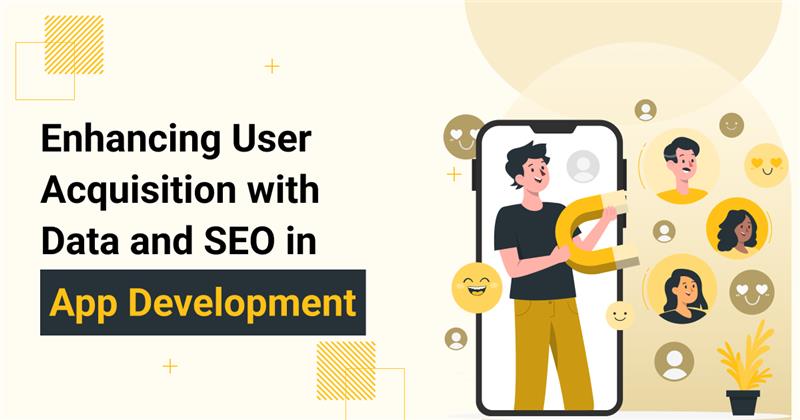Digital Accessibility Tools: Empowering Students with Disabilities
Picture this: a bustling digital classroom buzzing with the energy of students eager to learn. Chromebooks gleam, interactive whiteboards flash, and educational apps beckon from the screens. But amidst this technological wonderland, a silent struggle unfolds. For some students, the tools designed to enhance learning become barriers, excluding them from the academic adventure. It’s a paradox of the digital age: the more technology integrates into education, the wider the gap for those with disabilities.
Enter the world of digital accessibility tools, the unsung heroes of inclusive education. Just as a well-crafted EssayPro review can guide students towards a versatile essay writing service that can ace any assignment fast, these tools provide a pathway for students with disabilities to navigate the digital landscape confidently and easily.
Forget the outdated notion of mere accommodations – these online tools for students are game-changers, unlocking the full potential that lies dormant within each learner.
Your Cheat Codes for Learning
Unveiling this treasure trove of digital tools is like stepping into a tech-savvy student’s dream. It’s a collection of innovative solutions designed to transform online learning accessibility for students with diverse needs. Imagine a world where screen readers act as auditory guides, translating visual content into a symphony of sounds.
Text-to-speech (TTS) and speech-to-text (STT) tools become the ultimate language translators, converting written words into spoken narratives and vice versa, catering to different learning styles. Captions and transcription services, much like subtitles for a foreign film, ensure that lectures, discussions, and multimedia content are accessible to everyone, regardless of hearing ability. For those seeking the most accurate and reliable STT solutions, exploring the best speech to text app can enhance your transcription needs significantly.
But the magic doesn’t stop there. Alternative input devices redefine how students interact with technology, offering eye-tracking wonders, switch controls, and other innovative options that bypass traditional mouse and keyboard limitations.
Learning management systems (LMS) boast impressive accessibility features and create virtual classrooms where every student can participate fully, regardless of their disabilities. These are not just tools but the keys to a truly inclusive digital learning environment.
From Sidelines to Starting Lineup: Real-World Impact
The impact of these digital accessibility tools extends far beyond the virtual classroom, permeating every aspect of a student’s academic journey. Armed with these learning tools for students, academic performance soars as barriers to comprehension and participation crumble.
Students with disabilities experience a newfound sense of independence. They are no longer reliant on others to navigate the digital world. They actively participate in online discussions, confidently contributing their unique perspectives and insights.
But the transformation doesn’t stop at grades and independence. The social and emotional benefits are equally profound. As students with disabilities engage more fully in online learning, a sense of belonging and community emerges. The isolation often associated with disability fades, replaced by a feeling of connection and inclusion.
How to Hack the System (The Right Way)
To truly unlock the power of digital accessibility tools, we must address the problem’s lack of prioritization of accessibility features in educational technology. Why is digital accessibility necessary? It’s not just a matter of compliance with laws like the Americans with Disabilities Act; it’s a fundamental issue of equity and inclusion. Regardless of their abilities, every student deserves equal educational opportunities in the digital age.
The solution lies in a multi-pronged approach. First, we must embrace the Universal Design for Learning (UDL), a framework that encourages creating learning experiences that are inherently accessible to all learners.
Rather than retroactively adding accessibility features as an afterthought, UDL promotes building inclusivity into the design from the ground up. Second, educators need comprehensive training and support to utilize the wide array of accessibility tools available effectively. This empowers teachers to create inclusive classrooms where all students feel valued and supported.
Schools and educational institutions must partner with the best writing services to assess individual student needs and recommend appropriate tools. This ensures that each student receives personalized support tailored to their learning style and challenges.
Additionally, seeking feedback from students with disabilities is crucial. Their firsthand experiences and insights can guide the development and implementation of effective accessibility tools and strategies.
The Future is Now: AI, VR, and the Next-Level Hacks
The future of digital accessibility is brighter than ever, fueled by cutting-edge technologies like artificial intelligence (AI) and virtual reality (VR). Imagine AI-powered tools that can personalize learning experiences for each student, adapting to their individual needs and preferences in real time.
Picture VR simulations that transport students with mobility challenges to distant lands or historical events, fostering a deeper understanding of the world around them. The opportunities are vast, and the potential to transform education is enormous.
As technology continues to evolve, so will the landscape of digital tools for students. By embracing innovation and prioritizing inclusivity, we can create a future where every student can fully participate in and benefit from the digital learning revolution, regardless of their abilities.
Conclusion: Leveling the Digital Playing Field
So, why is digital accessibility necessary? Ensuring accessibility to online learning is crucial to providing equal educational opportunities for all learners, regardless of their abilities or disabilities. In the grand tapestry of education, digital accessibility tools for students are not mere threads but vibrant hues that weave a rich and inclusive learning environment for all.
They are the keys to a world where every student, regardless of their abilities, can fully participate, engage, and excel. As we forge into the digital age, let us not leave anyone behind.
The power to transform education lies in our hands. Let us embrace the potential of these tools, investing in their development, implementation, and widespread adoption. Together, we can build a future where the digital classroom truly lives up to its promise – where everyone learns, thrives, and belongs.




